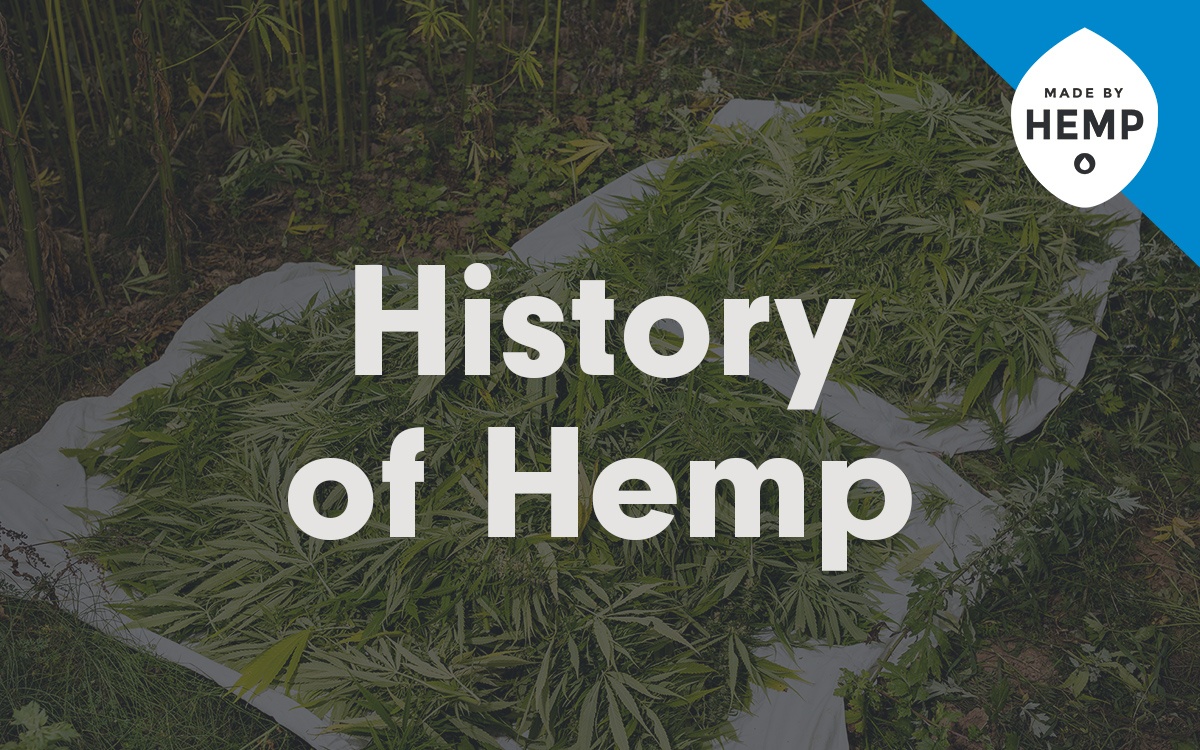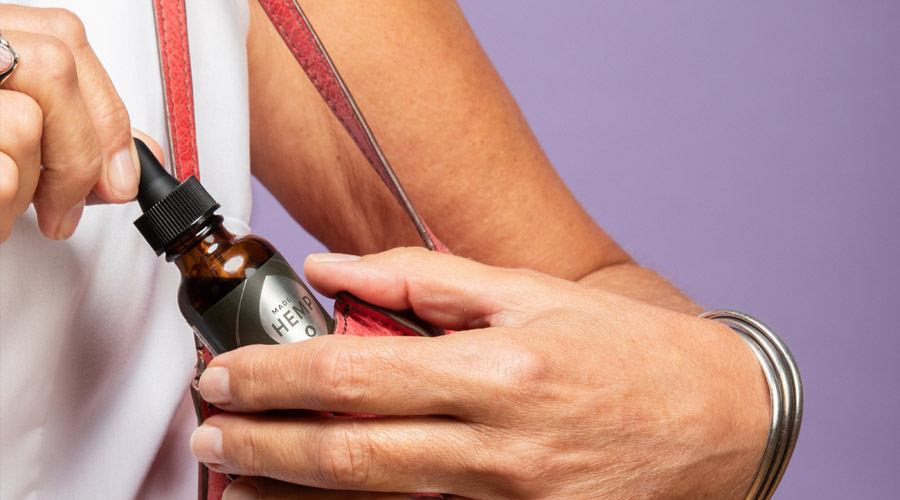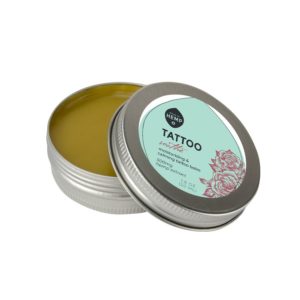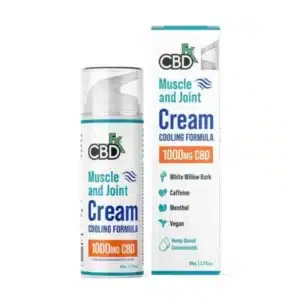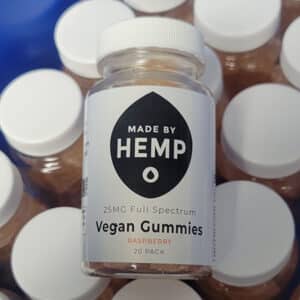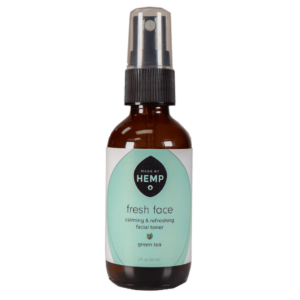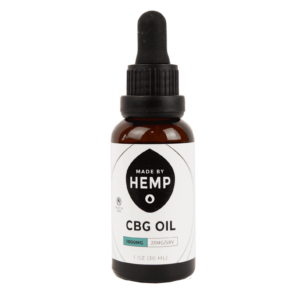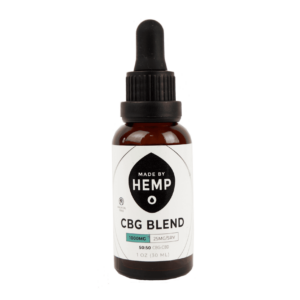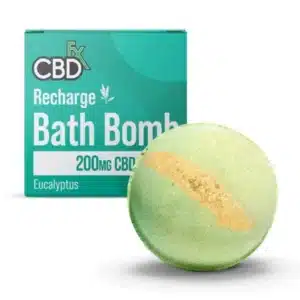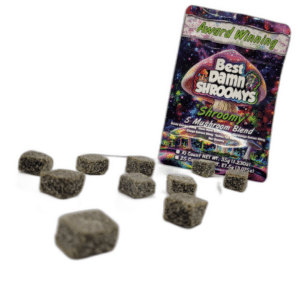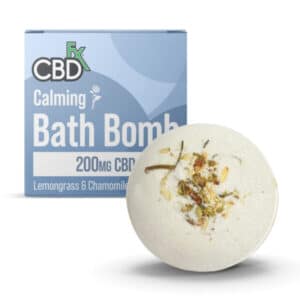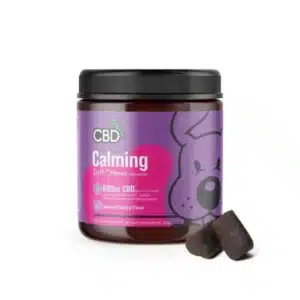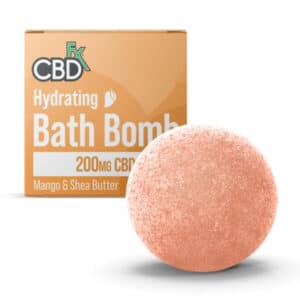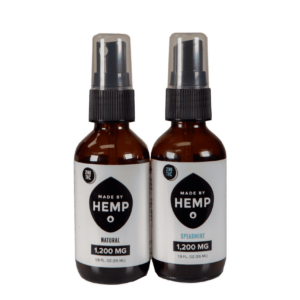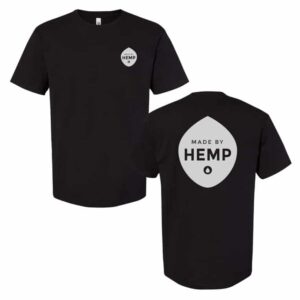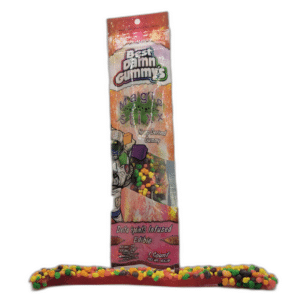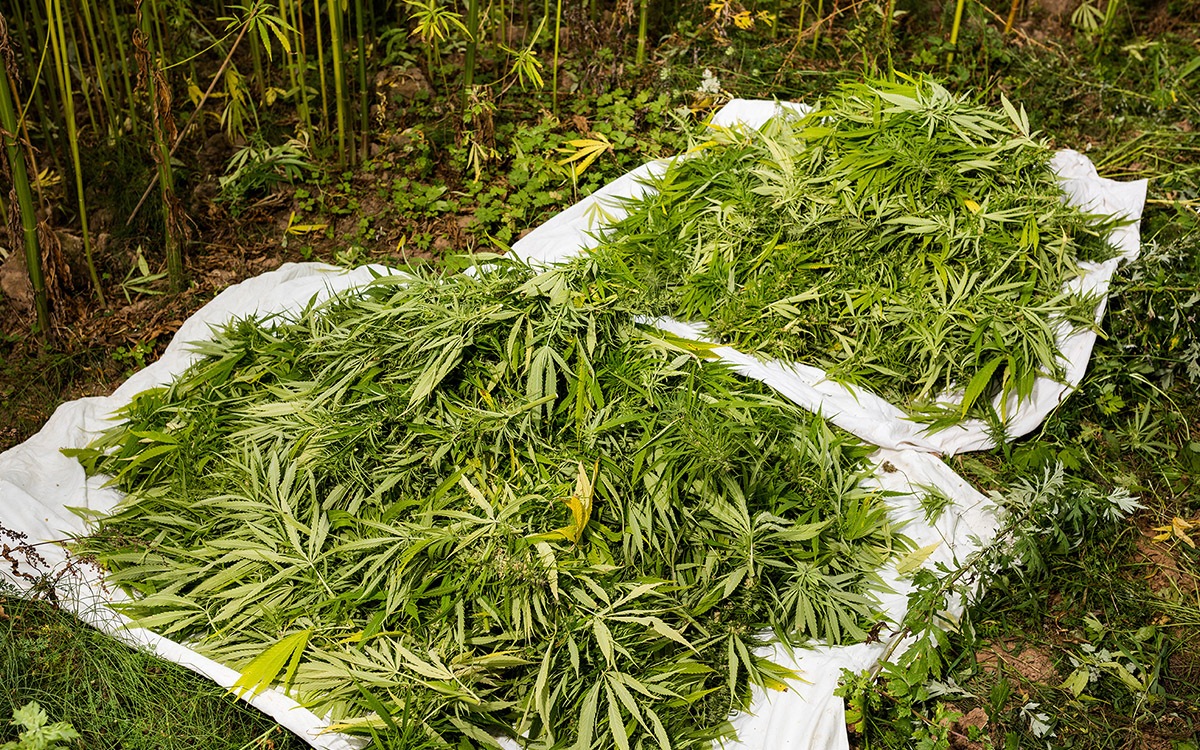
It’s hard not to browse a feed, turn on the television, or read a magazine without coming across news about CBD. CBD is a powerful compound found in hemp. While hemp-based products are soaring with popularity, using them was taboo just a couple of years ago. For over a century, hemp was outlawed throughout the United States. Yet, this crop was a source of food, clothing, and medicine for our ancestors who settled in this country. So, what led to the prohibition on hemp and inevitably, the lifting of the ban? Here is a comprehensive look at the complicated history of hemp.
History of Hemp Origins
The hemp and human connection dates back as far as 8000 BCE. Archeologists recovered hemp cloths in regions associated with ancient Mesopotamia (present-day Iran and Iraq). Indigenous people used the durable hemp fibers to create textiles. Meanwhile, those who lived in present-day China and Taiwan used hemp seeds and oil for food sources and to make pottery.
While hemp flourished in the areas that we know today as Asia, the hardy plant can be grown in a variety of climates. As our ancestors migrated west, they brought hemp along with them. The plant was used by our ancestors to make shelter, sails, food, and eventually, medicine.
Hemp was held in such high regard that ancient texts, The Vedas, dubbed it one the five essential plants. Records indicate the herb was christened with the name, “sacred grass.”
Early civilians grew dependent on hemp. In fact, King Henry VIII of England fined farmers who didn’t cultivate the crop. It was imperative that our ancestors brought hemp along with them on their journey overseas. It was in the New World that the value of hemp would hit an all-time high and a near-fatal low.
History of Hemp in the New World
Hemp made its way to the New World in 1606. By 1616, the first settlement of Jamestown was established. The first line of action was to transform the fertile soils of modern Virginia into robust hemp farms. In 1632, the Virginia Assembly mandated that farmers grow hemp on the farms–a practice that would continue as our ancestors colonized New England throughout the 1700s.
The plant was of such importance that hemp was considered a legal form of tender in early settlements. Even the Declaration of Independence was drafted on hemp paper!
Throughout the 19th century, America continued to rely on this durable plant. Congress was as far as enacting a law in 1841 that required the Navy to purchase hemp from domestic farmers.
The hemp industry was booming, requiring innovations in technology such as the hemp decorticator. This machine would strip the fibers and stalks off the hemp plant, making manufacturing more efficient. It also revolutionized the way we handle agriculture to this day.
By 1850, hemp was listed in the United States Pharmacopeia. In this important historical text, they recorded the uses of hemp for everything from hysteria to gout to tetanus. It wasn’t long before hemp was included in many over-the-counter products. All of these practices would continue until 1937. That was when a century-long prohibition went into effect, almost erasing the history of hemp forever.
History of Hemp: The Path to Prohibition
At the beginning of the 20th century, the New World experienced a cultural shift. Settlers leaned toward more conservative values. In the early 1900s, the use of mind-altering substances was frowned upon. These outlooks led to the prohibition of alcohol. Simultaneously, these actions helped foster the growth of a stigma that would bleed over into the cannabis industry.
Our ancestors didn’t have the technology in the 1930s that we have today. They couldn’t distinguish that hemp was a plant species in the cannabis genus. No one had a way of differentiating between hemp and marijuana. People figured out that smoking a cannabis plant will sometimes create psychoactive effects. Early civilians didn’t know they were smoking marijuana, not hemp.
Around the time of a national cultural shift, California was undergoing a local one as well. During this era, there was political unrest in Mexico. Many Mexicans were migrating to the border, and they were smoking cannabis recreationally.
Playing on the nation’s fear of immoral behavior, and in an attempt to thwart the colonization of immigrants, California became the first state to lay a hefty tax on hemp items. They signed into law the Marihuana Act of 1937.
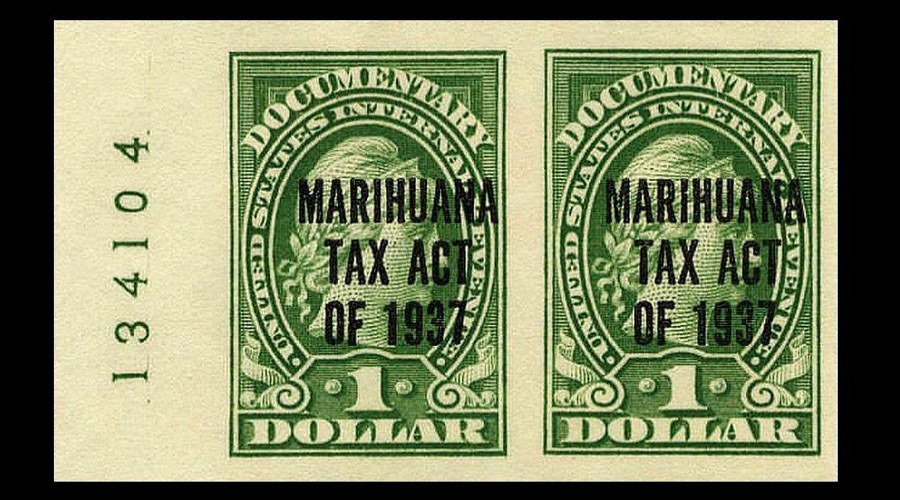
With cotton being sewn for textiles, twine being used for rope, and the rise of pharmaceuticals, growing hemp wasn’t worth the tax. Eventually, hemp production started to slow down. By 1957, the last commercial hemp field was planted in Wisconsin. In 1970, growing hemp became illegal.
Hemp Becomes Illegal
The Controlled Substance Act was drafted in 1970 as a replacement to the 1956 Narcotics Control Act that cracked down on drug arrests. Most notably, the Controlled Substance Act put drugs in tiers based on how dangerous they were to the community. Cannabis was declared a schedule 1 drug, making punishment comparable to those who possess heroin, LSD, and cocaine. This is perhaps one of the worst things to happen in the history of hemp.
Since cannabis landed on the list, that meant hemp was treated the same as marijuana. This ban would take place just as science and technology would hit an evolutionary boom. While scientists discovered CBD and THC in 1946, they didn’t realize how these chemical compounds potentially interacted with the body.
In 1964, scientists defined the molecular structures of both THC and CBD. It was in those moments that the differences between hemp and marijuana started to become clear. Dr. Raphael Mechoulam concluded that cannabis plants with high concentrations of THC caused psychoactive reactions.
Whereas, plants with low levels of THC seemed to have elevated amounts of CBD. Dr. Mechoulam noted CBD didn’t exhibit euphoric side effects but may have other benefits.
With advances in technology covering all of our ancestors’ uses of hemp, the plant wasn’t missed. Coupled with the War on Drugs and propaganda against cannabis, hemp was merely an afterthought until the end of the 20th century.
Industrial Hemp Movement Begins
In 1998, the very state that closed the door on hemp was the first to reopen it. California enacted a medical marijuana program. This gesture would open the door for hemp legalization a crack and therefore one of the best things to happen in the history of hemp. However, it would take almost 20 years to bust it down.
By 2012, several states enacted medical marijuana laws. With each passing state, education about cannabis became more available. People started to see firsthand that those using hemp-based products didn’t act high.
Simultaneously, the opioid crisis grew to epic proportions. The very products that were created to save people from cannabis were killing them. Desperate for an alternative, millions got behind the hemp movement. President Obama couldn’t ignore the demand and signed a 2014 Farm Bill that called for a pilot farming program.
Following the 2016 election, many perceptions of hemp changed. With medical marijuana becoming legal in over half of the nation, it became time to readdress how we categorize the two separate cannabis plants.
At the end of the 2018 calendar, a new Farm Bill entered Congress. With a hemp pen, Mitch McConnell lifted the federal ban on hemp cultivation. Thanks to the new Farm Bill, hemp was downgraded from a schedule 1 controlled substance to a schedule 5 under the Controlled Substances Act. Now, hemp-derived products are legal in all 50 states.
The Future of Hemp
Many companies are taking advantage of the ban lift on hemp and growing interest in CBD products from consumers. CBD products are popping up in everything from supplements to cosmetics to pet treats. Suffice to say; the sky is the limit for hemp.
While hemp is no longer criminalized, it is still under a watchful eye. The Justice Department no longer holds jurisdiction over hemp cultivation. It is now regulated by the United States Department of Agriculture (USDA). All hemp products must contain 0.3% THC or less. Otherwise, it will be classified as marijuana and you run the risk of breaking local laws.
Currently, CBD products are not regulated. However, the demand for hemp-based products continues to grow. That means stricter guidelines and transparency will be required of anyone attempting to sell hemp products in the near future. Until that day comes, you should buy products from reputable brands you can trust.
At Made by Hemp, we formulate high-quality CBD products that contain less than 0.3% THC. All of our products are third-party tested to assure the potency of our cannabinoids. We set the standards high for transparency and quality for hemp products and look forward to the exciting future in this rapidly growing industry.

